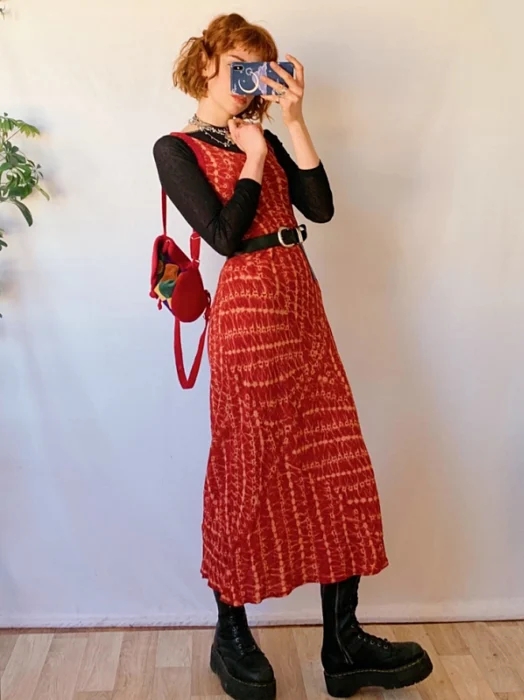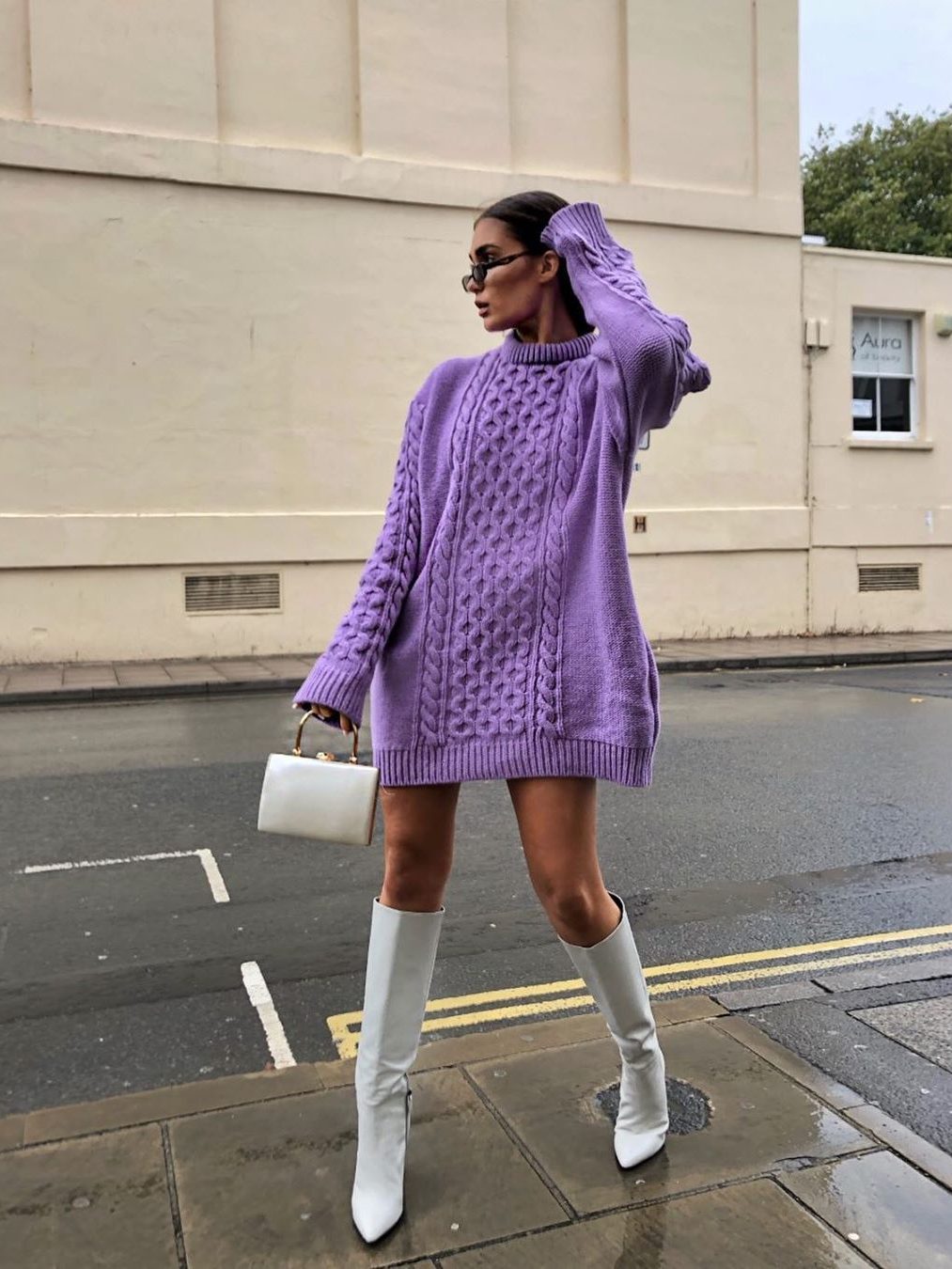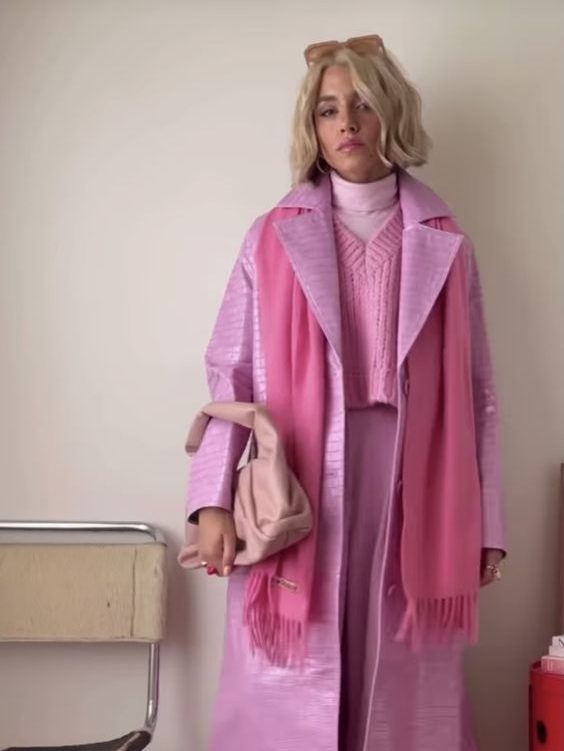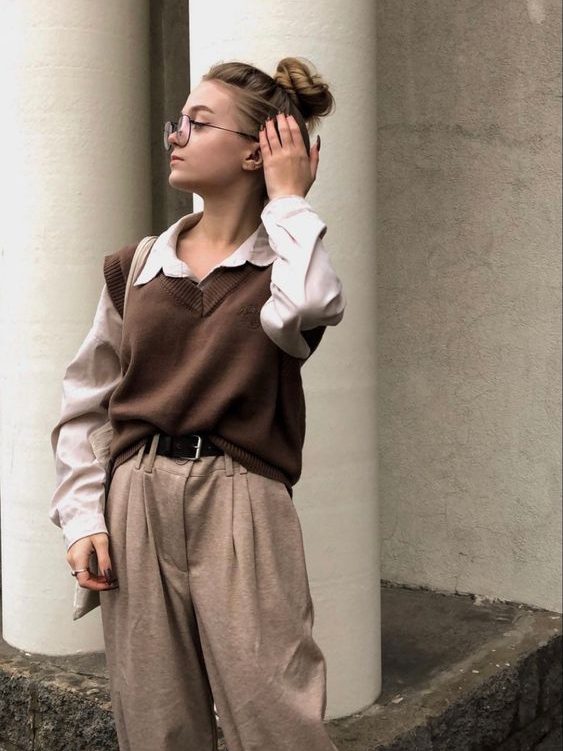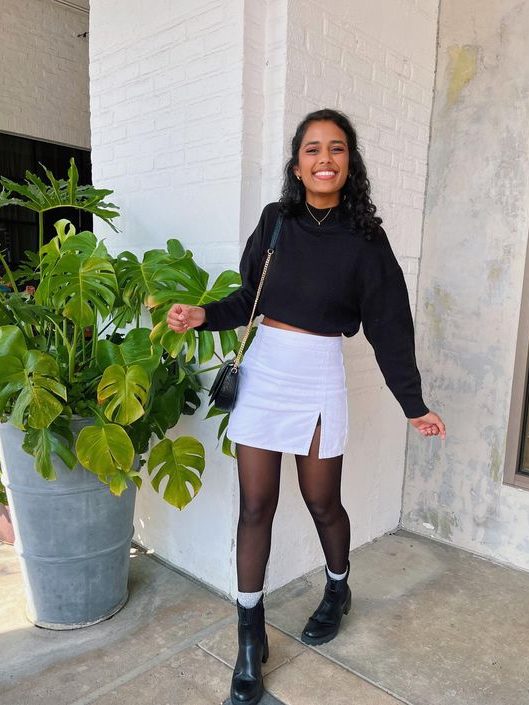What’s a Monochrome Color Scheme Again?
For something to be monochromatic, it must be colored with only one color hue, along with all of its tints and shades. This includes black and white—when talking color theory, they’re technically the darkest shade and the lightest tint, not colors themselves! (Read more about that here!)
What Draws Us to Monochrome?
If you’ve ever slumped into your sofa after a long day of work and found yourself reaching for an easy-to-binge Bachelorette season instead of that YouTube “how-to” video you swore you’d watch, you’ll understand—our little lizard brains like simple things. They’re easy to understand. If you ask the lizard brain, they make it easy to assess whether or not something is a threat to us. But in general, simple things just don’t require as much brain energy as complicated ones! It’s the difference between doing single-digit addition and multivariable calculus: both are math, but one is much simpler (and thus, way more preferable) for our brains.
And before anything else, monochromatic color schemes are gorgeously simple.
In its purest form a monochromatic color scheme is just one tone, uninterrupted by anything else. Just one hue, with no tints or shades, is about as simple as color gets!

But we don’t just like simple—we like things to be interesting at the same time. Eye-catching. Attention-grabbing. And that’s where the rest of the monochromatic color scheme comes into play: one tone, along with its shades and tints, provides a color-based simplicity while engaging the viewer in the play of hues. Black and white, of course, are always included in monochrome—black as the darkest shade and white as the lightest tint. This enlarged definition of “monochrome” gives us an incredible amount of room to play, especially in fashion.
This working definition of monochrome allows us to take a simple magenta hue:

Add its shades:

By doing so, we can create a working monochrome color scheme! This magenta spread is far more interesting than plain magenta, and saves us the trouble of matching a hundred fiddly shades of pink to the exact right one. Working with the full-spectrum monochrome scheme gives us a lot more breathing room.
Common Monochrome Problems
Red flag of the day: using different tones to try and make a monochrome color scheme, instead of using shades and tints of one tone. Imagine grabbing an olive green top and blue-green pants and forcing them into an outfit together: the first is too yellow of a tone, the second is too blue! Because their tones are so wildly different—you could get away with two yellow-toned greens, maybe—there’s too much contrast present to be monochrome, but not enough contrast to be any other color scheme, like analogous! Instead it looks like a four-year old’s coloring book: a nice attempt, but only just that.

I mocked up this atrocity of a monochrome outfit on Pinterest Shuffles. Check out my other Shuffles (with nice outfits; I promise I can make them!); or if you’d rather trust other people’s outfit ideas, have a look at my Monochrome Pinterest board.
Another problem is the blurry line between monochromatic and analogous color schemes. Too often, analogous schemes— “three tones that are adjacent to one another on the color wheel” (find more definition here)—are called monochromatic outfits. I love a good analogous outfit—but they deserve their own praise!
This red-and-orange outfit from Charmed by Camille, for example, is gorgeous. It’s almost monochrome—and yet there’s enough of a distinction between those two tones that it’s not. It’s analogous and should be appreciated as such, instead of co-opting all the monochrome glory.
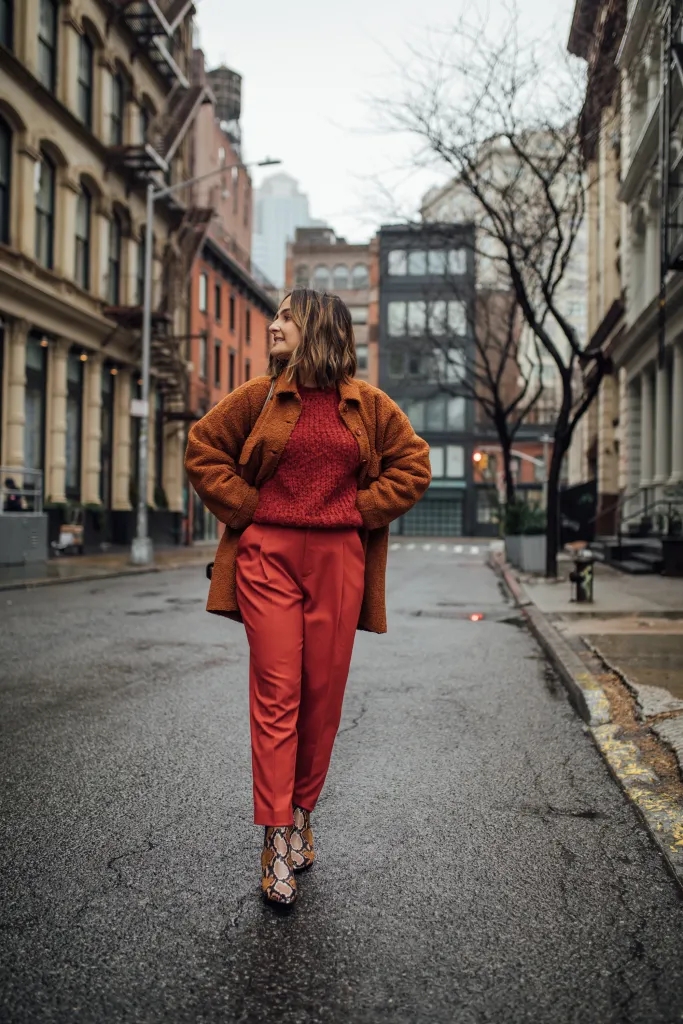
Monochrome Monday
Maybe the largest promotion for monochrome color schemes lately is the advent of Monochrome Monday. (Apparently this is a song, now—give it a listen.) It’s difficult to track down exactly when Monochrome Monday—the now-popular, and often-trending, fashion hashtag—began, though the New York Times suggests that monochromatic’s recent popularity can trace its roots to the style of Queen Elizabeth—or, at least, to more modern celebrities who indulge the trend, such as Michelle Obama.

Whenever it began, Monochrome Monday and its topical monochrome outfits have fairly exploded in the past few years. We’ve seen it worldwide, from the red carpet to the streets of New York City. It’s so popular that you don’t need to look far at all to find inspiration in every color of the rainbow:
I wasn’t exposed to the idea of Monochrome Monday until 2020, when I leaped into the style inspiration with a passion fueled by the desire to wear real clothes in lockdown plus a distinct exhaustion of fashion-based creativity.
For me, Monochrome Monday was a delightful and creative exercise that helped break my creative slump in the dreariest parts of late 2020 and early 2021. I’ll forever be fond of it for that alone—but perhaps I’ll be most fond of it for the incredible outfit inspiration it continues to provide.




